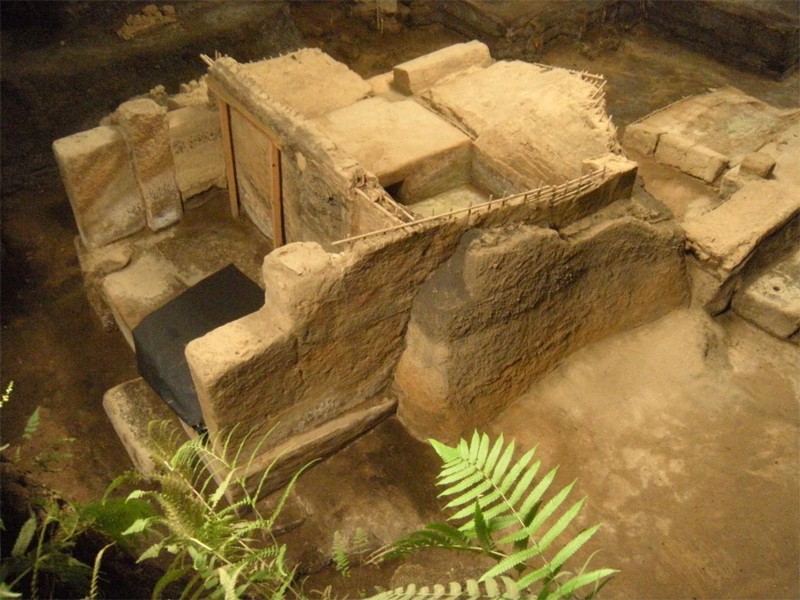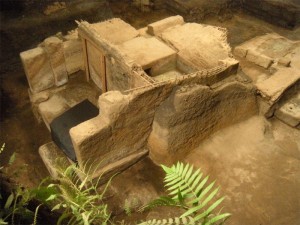A new University of Colorado Boulder study, reports on the archaeological findings from a Maya village in El Salvador frozen in time 1,400 years ago by a blanket of volcanic ash. Evidence shows that the farming families who lived there went about their daily lives with little interference from the local ruling elite.
The archaeological evidence show that the significant interactions were among families, village elders, craftspeople and speciality maintenance workers. Ceren, which is the best preserved ancient Maya village in all of Latin America was blasted by toxic gas, pummelled by lava bombs and then choked by a 17-foot layer of ash falling over several days after the Loma Caldera volcano less than half a mile away erupted about A.D. 660.


